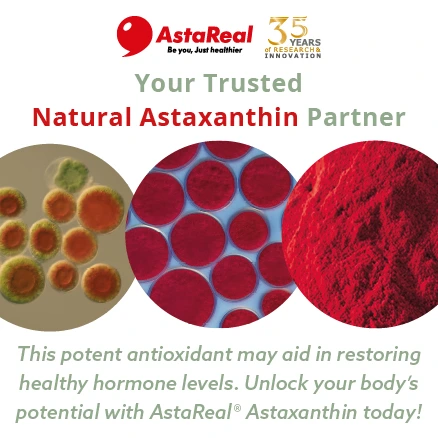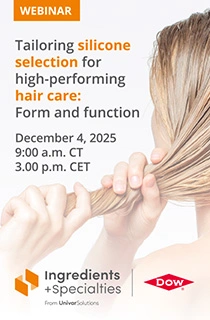Seppic presents data on biodegradable emollients as silicone bans loom
Key takeaways
- Seppic releases data confirming that its biodegradable, plant-based Emogreen emollients can replicate key silicone sensorial and performance attributes.
- The range demonstrates strong formulation stability, environmental benefits, and certifications.
- The update comes as EU restrictions on D4/D5 and upcoming bans on D5/D6 in leave-on products drive formulators to seek sustainable replacements.
Seppic has unveiled data on its Emogreen range — a collection of biodegradable and plant-based emollients — confirming its sustainability profile while maintaining performance. The findings come as regulatory shifts increasingly pressure beauty formulators to create sustainable solutions.
“The Emogreen data package addresses the three main challenges formulators face: replicating the specific ‘silicone feel’ (slip and softness), matching hair fiber performance (shine and frizz control), and ensuring chemical stability,” Lorraine Denois, cosmetic market and digital manager at Seppic, tells Personal Care Insights.
Denois says the Emogreen range’s stability and sensory versatility make it a premier plant-based alternative to silicones across the entire beauty spectrum, including sun care, skin care, and makeup formulations.
The new data comes ahead of the EU restrictions on D4 and D5 silicones and bans on D5 and D6 leave-on products, which take effect in June next year.
“With volatile cyclic silicones (D5, D6) facing a ban on leave-on products by June 2026 under REACH regulations, brands are concerned about losing the ‘instant slip’ and ‘softness’ without weighing hair down,” says Denois.
“Emogreen L15 acts as an alternative to volatile silicone oils, offering a non-greasy, light finish that is less tacky than light dimethicone.”
Straying away from silicones
Silicones were once deemed essential due to their multiple benefits, but are now used less frequently due to their synthetic origin.
The company states that synthetic silicones raise environmental concerns and negative consumer perceptions, and they are often non-biodegradable and persistent in the environment. Denois explains that the Emogreen range differs.
 Seppic differentiates the Emogreen range through certifications and data.“It is replicating sensory profiles — the range offers targeted alternatives to specific silicones. For example, Emogreen L15 replicates the experience of low molecular weight Dimethicone (5 cst) but with better airiness and less greasiness. Emogreen L19 mimics Dimethicone 100 cst while providing better softness,” says Denois.
Seppic differentiates the Emogreen range through certifications and data.“It is replicating sensory profiles — the range offers targeted alternatives to specific silicones. For example, Emogreen L15 replicates the experience of low molecular weight Dimethicone (5 cst) but with better airiness and less greasiness. Emogreen L19 mimics Dimethicone 100 cst while providing better softness,” says Denois.
She adds that the Emogreen also matches the performance of traditional ingredients. “For high-shine requirements usually met by Phenyl Trimethicone, Emogreen HP 40 provides a comparable shiny effect on curly hair.”
Another benefit is formulation stability. Denois says that, unlike some natural oils, which can be difficult to work with, the company’s bio-based alkanes are very stable, even in extreme pH conditions.
Seppic also differentiates the Emogreen range through certifications and data.
“The Emogreen range is readily (or inherently for Emogreen HP 40) biodegradable according to OECD 301 standards. The production process yields a carbon footprint that is four times lower than that of silicone oils, resulting in a negative carbon footprint when biogenic carbon is considered,” says Denois.
“Lately, the raw materials are 100% natural origin (ISO 16128) and derived from renewable vegetable sources. They are ISCC Plus certified, which guarantees traceability, no deforestation, and adherence to social sustainability requirements.”














